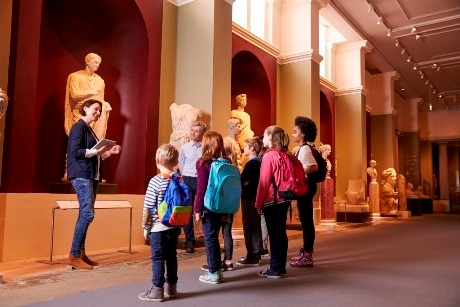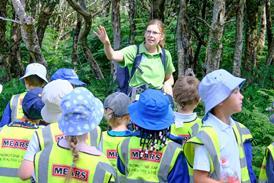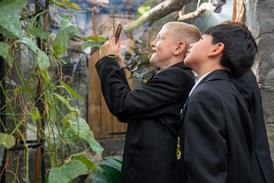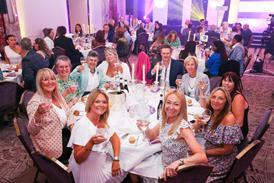Calls have been made to ensure that all children and young people have access to the arts, culture, and heritage, regardless of their ability.

At an event held at the House of Commons last week and hosted by Sharon Hodgson, MP, various organisations came together to celebrate the 100th signatory to the Cultural Inclusion Manifesto.
The manifesto, launched in 2018, is a set of shared beliefs which aim to guide inclusive practice in the education, art and culture sectors. It has so far been signed by politicians and people with disabilities as well as arts, culture and heritage organisations including the Royal Albert Hall, the National Gallery and the Royal Philharmonic Orchestra.
Statistics cited by the manifesto, from the Department for Culture, Media and Sport (DCMS), include:
• There is a significant difference between the proportion of children aged five to ten, with and without a limiting disability, who had visited a heritage site (53.1% and 71.5% respectively).
• Non-disabled children and young people aged 11-15 are twice as likely to visit a museum with their school than their disabled peers.
Mrs Hodgson, MP, chairwoman of the all-party Parliamentary Groups on Art, Craft and Design in Education, hosted the event on 22nd January, telling the room: “Every child, regardless of disability or learning difficulty, has the right to a broad and balanced curriculum, one in which they are able to have their creativity nurtured in whichever way it presents itself.”
.jpg)
The manifesto is also calling on the Arts Council to develop a specific cultural inclusion strategy around disability to enable equal access to such venues for children and young people.
Dr Adam Boddison, chief executive of NASEN (National Association of Special Educational Needs), told the event that we need to “recognise that the arts can lead to inclusion in its own right”.
He spoke about his own experiences of the arts and culture growing up adding: “I see cultural inclusion as a catalyst for inclusion in its purest sense. Culture and inclusion is also about making sure that the arts don’t miss out on the talent and the creativity.”
The manifesto says that the inequalities in access to artistic and cultural activities between disabled and non-disabled children and young people has been compounded by cuts in government funding and the increased emphasis on core academic subjects.
Anita Kerwin-Nye, social entrepreneur and the founder of the Every Child Should campaign said: “It’s much harder to cut funding from a service when the kids are invisible. It is the role of the culture and the arts to make sure that those young people are made visible.”
Paul Morrow, special needs teacher and author of the manifesto, said its aim was to “offer a fundamental shift in how we can all work collectively supporting young people with special educational needs (SEN) in accessing high quality arts and culture”.
Paul introduced one of his students, Mosthaba Mubarak, who told the room he had autism and about expressing himself through the arts and culture. He said: “My experiences have so far been vistiing galleries, such as the Wallace Collection and the Lyric Theatre.”
He went on to say: “I have a question, why should all young people with SEN be included and why is it so important? The answer is simple - we are all humans and it’s a human right.”
For more information and to sign the Cultural Inclusion Manifesto go to www.culturalinclusion.co.uk/support.
Image above: Mosthaba Mubarak, Paul Morrow, Sharon Hodgson, Adam Boddison and Anita Kerwin-Nye at the Cultural Inclusion Manifesto event. Credit: Oliver James Productions http://oliverjamesproductions.co.uk/







